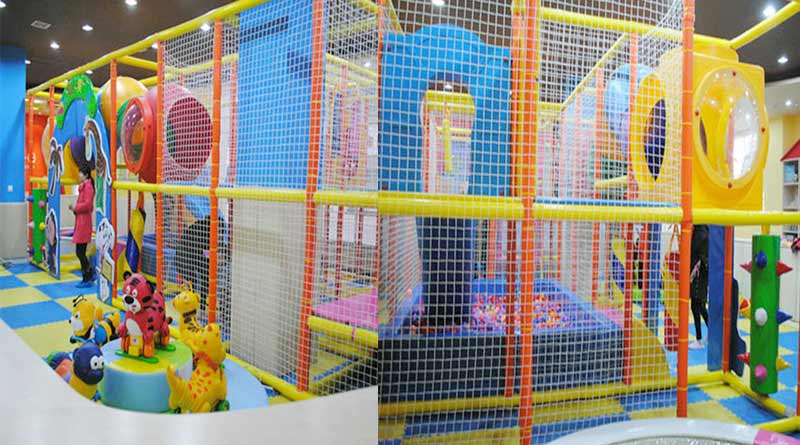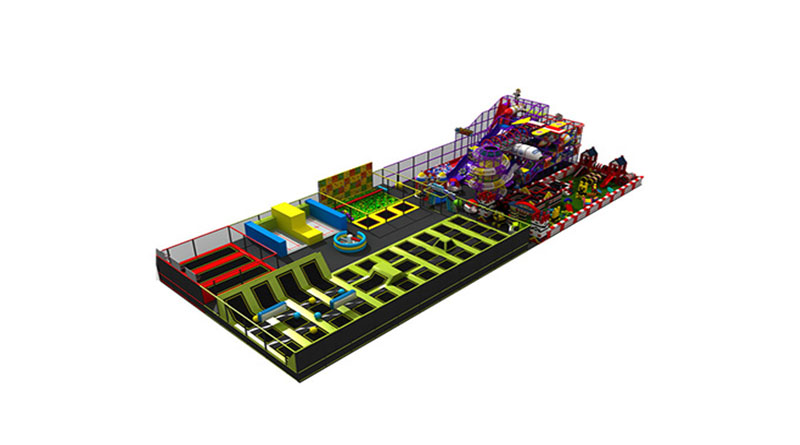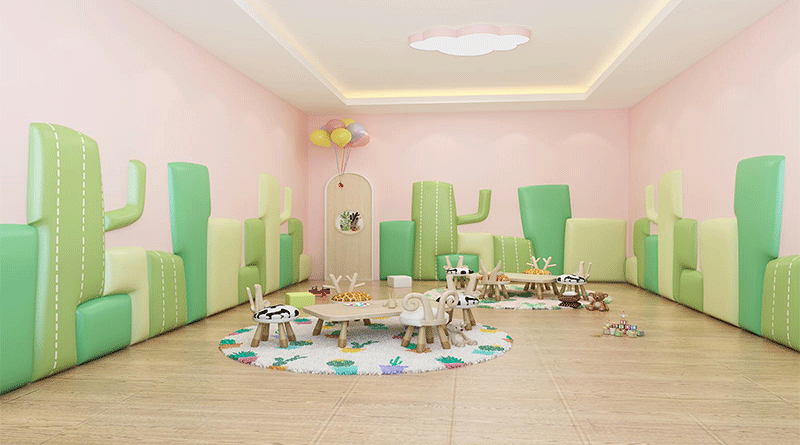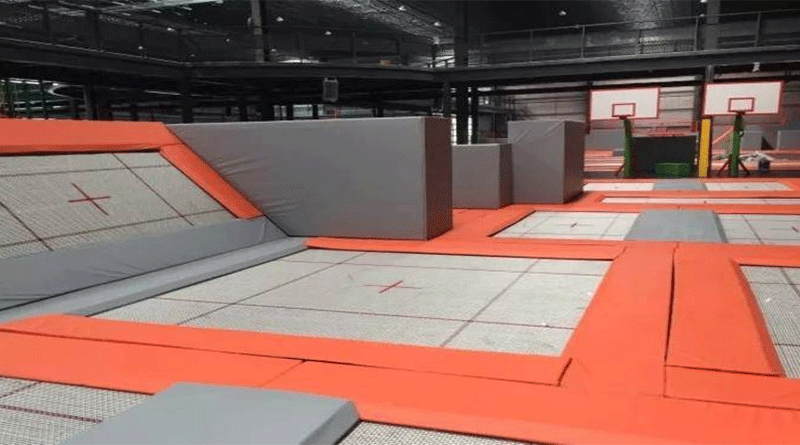Why Playing Inddoors Is Just as Important as Playing Outdoors
 Oct 13,2025
Oct 13,2025When we think of childhood play, our minds often wander to sunny parks, grassy fields, and the great outdoors. While outdoor play is undoubtedly crucial for fresh air and expansive exploration, the value of indoor play is often underestimated. In fact, a well-rounded play experience requires a balance of both, as playing indoors offers unique and irreplaceable benefits for a child's development in terms of safety, cognitive growth, physical health, and social-emotional well-being.
1. A Foundation of Safety and Consistency
The outdoor world is unpredictable—weather changes, uneven terrain, and unpredictable elements can sometimes limit play opportunities. Indoor play provides a controlled and consistent environment where children can engage freely, regardless of the season or time of day. This reliability is essential for establishing routines and reducing anxiety. Modern indoor playgrounds, especially those designed with child safety as a top priority, turn this controlled environment into a haven for adventure.
2. Cognitive and Creative Development
Indoor environments are uniquely suited to foster cognitive and creative skills. Away from the vast distractions of the outdoors, children can engage in focused, imaginative play. Building with blocks, engaging in pretend play in a themed corner, or solving puzzles all stimulate neural connections and enhance problem-solving abilities. The design of the indoor play equipment itself can be a catalyst for this creativity.
This is where the features of indoor play structures truly shine. Take, for example, the thematic play sets from Baiqi. Their equipment often incorporates interactive panels, sensory walls, and imaginative play modules like pretend grocery stores or miniature castles. These features are not just for fun; they are designed to spark storytelling, role-playing, and collaborative games. By engaging with such rich, stimulating environments, children develop crucial executive functions like planning, negotiation, and abstract thinking, laying a strong foundation for academic and life success.
3. Physical Development in a Controlled Setting
It's a common misconception that indoor play is sedentary. On the contrary, a well-designed indoor play space offers ample opportunities for vital physical development. Climbing walls, jungle gyms, ball pits, and soft play structures all help children develop gross motor skills, balance, and coordination. The controlled environment allows for the design of challenges that progressively build strength and agility in a way that is both fun and safe.
4. Nurturing Social and Emotional Growth
Indoor play areas are often social hubs where children learn to interact with peers in a semi-structured setting. They practice essential life skills such as sharing, taking turns, communicating desires, and resolving conflicts. The enclosed nature of these spaces encourages more frequent and complex social interactions than the sometimes more spread-out outdoor play.
Conclusion
The debate between indoor and outdoor play is not about choosing one over the other. Both are essential, complementary components of a holistic childhood. Outdoor play teaches resilience and connection with nature, while indoor play offers a safe, consistent, and richly stimulating environment that is uniquely capable of fostering cognitive creativity, nuanced social skills, and controlled physical development. By investing in high-quality indoor play spaces, such as those featuring innovative and safe equipment from providers like Baiqi, we give children the invaluable gift of a balanced, enriching, and joyful play experience every day of the year.








